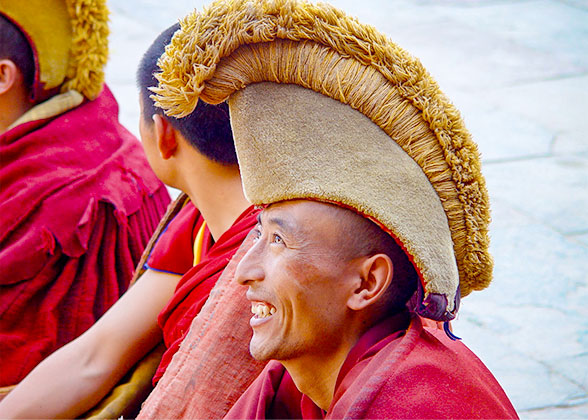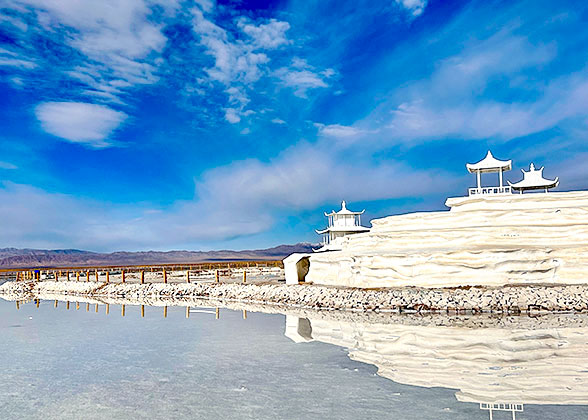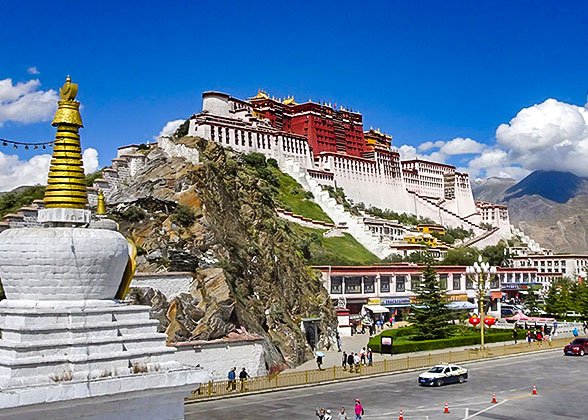International Cycling Race Route
Code: BC-XN01
Prices are upon request
Free Inquiry- Itinerary
- Reviews
Expand All
Collapse All
Boasting the world’s highest cycling race, the Tour of Magnificent Qinghai, formerly known as the Tour of Qinghai Lake, has always been held in every summer, usually between June and August, since 2002. This year, the race takes place from July 6th to 13th, with 154 riders of 22 teams from 11 countries competing fiercely over 8 days, including 1 UCI World Team, 8 UCI Pro Teams, and 13 UCI Continental teams.
Rated as an event of category Class2.Pro by UCI (Union Cycliste Internationale), the annual multi-day road cycling race tops in Asia, thanks to its high altitudes, long distances, and numerous challenging climbs. The route has a total distance of about 1,400 kilometers (870 mi) at an average altitude of 3,000 meters (9,840 ft.), which centers around the vast, emerald waters of Qinghai Lake and extends to surrounding areas, including the eastern agricultural regions, the western pastoral and desert areas, and the alpine meadows and steppes in the southern Qinghai Plateau. The magnificent and captivating natural scenery along the way is definitely a highlight. Let’s dig into the 8 cycling race stages’ natural beauty and challenges!
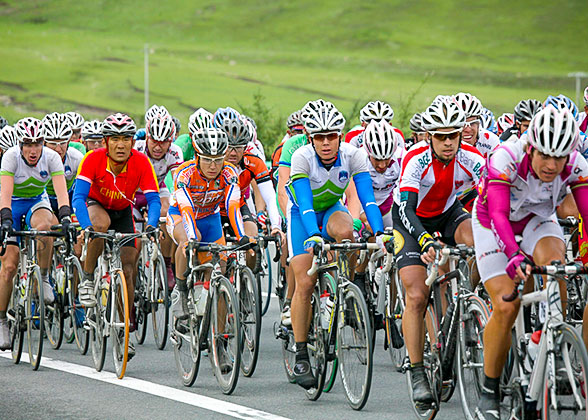
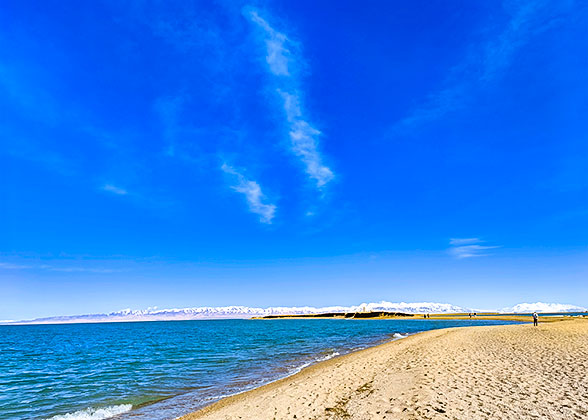
Rated as an event of category Class2.Pro by UCI (Union Cycliste Internationale), the annual multi-day road cycling race tops in Asia, thanks to its high altitudes, long distances, and numerous challenging climbs. The route has a total distance of about 1,400 kilometers (870 mi) at an average altitude of 3,000 meters (9,840 ft.), which centers around the vast, emerald waters of Qinghai Lake and extends to surrounding areas, including the eastern agricultural regions, the western pastoral and desert areas, and the alpine meadows and steppes in the southern Qinghai Plateau. The magnificent and captivating natural scenery along the way is definitely a highlight. Let’s dig into the 8 cycling race stages’ natural beauty and challenges!

Qinghai International Cycling Race

Turquoise Qinghai Lake Views
Stage 1: Xining Circuit Race
Today’s competition mainly focuses on Qinghai’s capital city, Xining, where riders are gradually acclimatized to an average altitude of 2,340 meters (7,680 ft.). The circuit race covers a total of 121 kilometers (65 mi) in a total of 9 laps, with each being 13.4 kilometers, encompassing main city avenues like Wusi West Road, Wenyuan Road, and Kunlun West Road, which means audiences and citizens can feel the thrill of the speed and passion up close. The whole stage features three intermediate sprint points (at laps 3, 5, and 7) and two climbs (at 24.7 km and 51.5 km). It keeps not only the classic opening race, but also a key stage to test the overall strength of teams.
Stage 2: Duoba to Huzhu
This stage starts from Duoba National Plateau Sports Training Base, passes through Huangyuan County, the "Throat of the Ancient Tea-Horse Road," crosses the Beishan Pass at an altitude of 3,370 meters (11,060 ft.), and finally reaches Huzhu County, home to the Tu ethnic group. Over the 152-km (94-mi) distance, there are two intermediate sprint points: one at 25.2 km (Danger Ancient City, Huangyuan County) and the other at 102.7 km (Mt. Laoye), where the riders also face the first major challenge, an 18-km climb.
Stage 3: Huzhu to Menyuan
The competitive 220-km (137-mi) stage features the race’s most iconic section, the twelve-bend slope, which will be "hit" shortly after the beginning at the Beilongshan Pass (34.3 km, 3,485 m). It requires super high downhill cycling control, making it one of the highlights of this stage. However, the riders will be rewarded with a sea of golden blooming rapeseed flowers in the final 80 km, framed by a blue sky and snow-capped mountains. 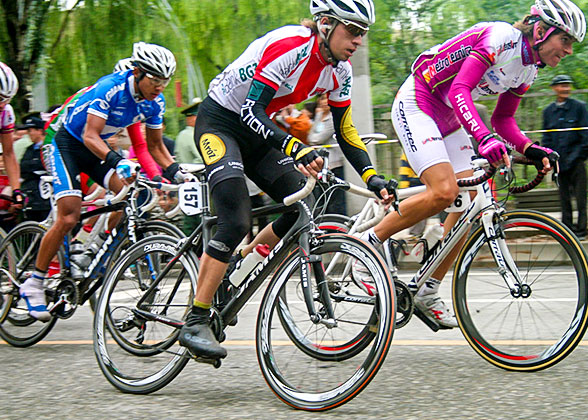
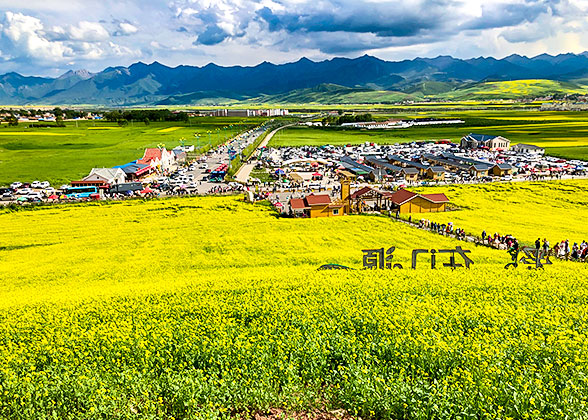

Riders Speed up at Road Cycling, Qinghai

Golden Sea of Rapeseed Flowers, Menyuan County
Stage 4: Menyuan to Qilian
Stage 4 stretches for 173 km (108 mi), covering 2 climbs and 3 intermediate sprint points. In the first half of the stage, riders need to climb across offshoots of the Qilian Mountain and then descend all the way to the finish line in Qilian County, which is dubbed the "Little Switzerland of the East." The highway winds through the Qilian Mountains, with towering snow-covered peaks on one side and vast grasslands dotted with flocks of grazing sheep on the other, and white clouds seem within reach beneath the azure sky.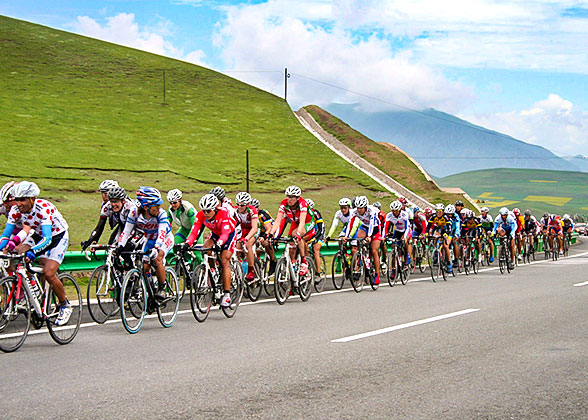
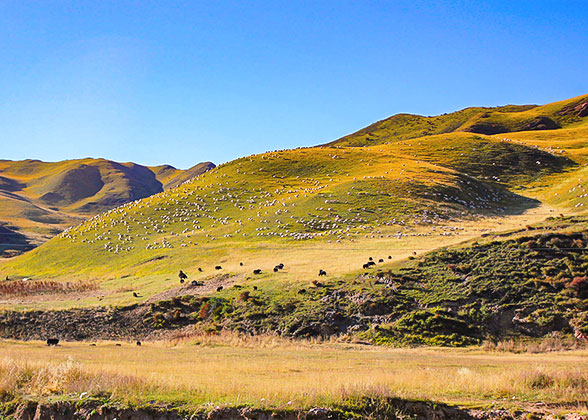

Qinghai Cycling Race through Grasslands

Grasslands under the Qilian Mountains
Stage 5: Qilian to Gangcha
The 169-kilometer (105-mi) race stage features 3 climbs and 1 intermediate sprint. In the first half, the riders will tackle the Category 1 climb of Dadongshu Mountain and the Category 2 climb of Haital Pass, the highest point of the race, reaching 3,869 meters (12,700 ft.). Having passed through the peak, racers face a comparatively easier route, and a wider and more expansive view unfurls: the vast grasslands stretch to the horizon like a bucket of overturned green paint; the yaks pace in the distance, wagging their tails, occasionally looking up at the speeding riders, as if cheering them on. They’ll finally approach the finish line in Gangcha County, welcomed by enthusiastic spectators on both sides.
Stage 6: Gangcha to Gonghe
This stage welcomes the race’s longest yet most beautiful section, as riders will cycle along the north shore of the oval-shaped Qinghai Lake, boasting pristine, clear waters, where they can enjoy the mesmerizing lake views while witnessing a spawning migration of the Qinghai naked carp. The route has a total distance of 233 km (145 mi), including 1 climb and 3 intermediate sprint points. Although the first half is mostly flat, riders have to challenge an HC climb 40 kilometers before the finish line, which is the most difficult type of the race and the key to determining the outcome of the entire race. 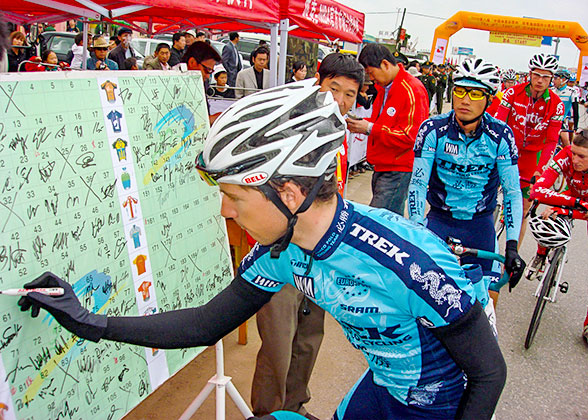
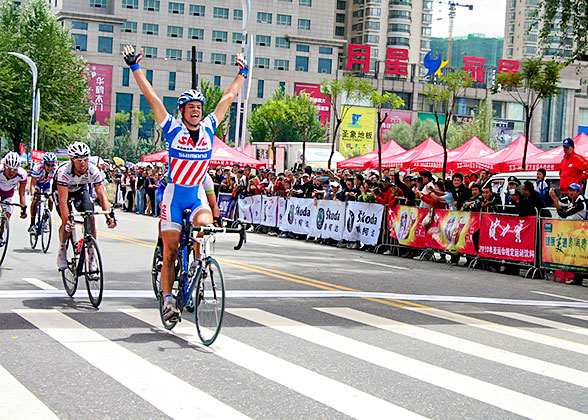

Riders are Signing Names at Qinghai Cycling Race

A Rider Celebrates at Qinghai Cycling Race
Stage 7: Gonghe to Haiyan
With 2 climbs and 3 intermediate sprint points, the 137-km (85-mi) stage is the only one in the race’s history that crosses the Luohe Pass twice, which means riders can also enjoy the unique experience of viewing Qinghai Lake from afar twice.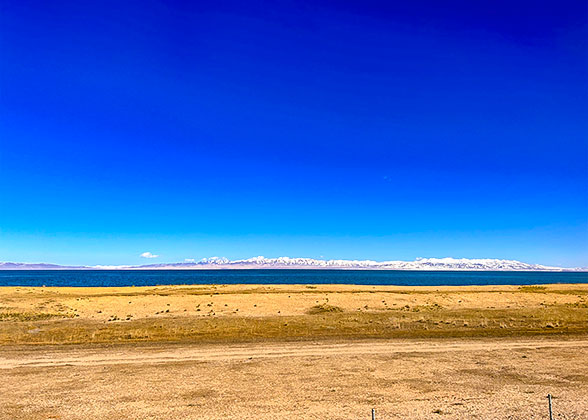
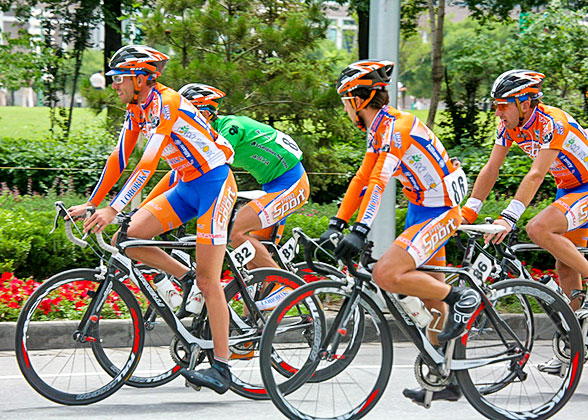

Enjoy the Qinghai Lake from afar

Qinghai Road Bicycle Racing
Stage 8: Tongbaoshan Circuit Race
Today, the race kicks off its eighth stage, the 121-km-long (75-mi) Tongbaoshan Stage, capping off 8 days of intense road cycling with a relatively low level of difficulty, regardless of the 800-meter cumulative altitude gain or the climbing distance. However, 3 intermediate sprint points may still bring some variables to the race result, and riders will try their best to sprint for the final championship along the winding mountain road.
What Do Different-colored Jerseys Mean in the Qinghai Lake International Cycling Race?
Yellow Jersey
Following the tradition of the Tour de France, the overall leader also wears the yellow jersey in the Qinghai Lake Cycling Race, as he can be identified more easily among the crowd, symbolizing the highest honor in the entire event.Green Jersey
Known as the ‘Sprinters’ Jersey’, the green jersey is worn by whoever tops the sprint points leaderboard, winning the most points throughout the race stage.Polka-dot Jersey
The white jersey with red dots is usually awarded to the “King of the Climbers”, who gets the most points accumulated by climbing to high-grade mountain summits.Blue Jersey
Exclusive to the Qinghai Lake International Cycling Race, the special blue jersey award is similar to the yellow jersey, but is only awarded to riders with Asian nationalities. Hence, it's for the "Best Asian Rider" in the race.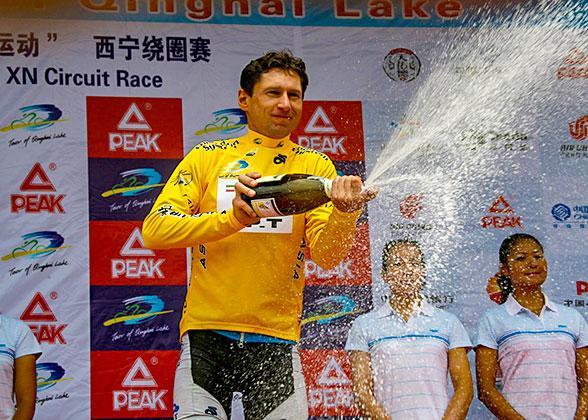
Qinghai Cycling Winner in Yellow Jersey
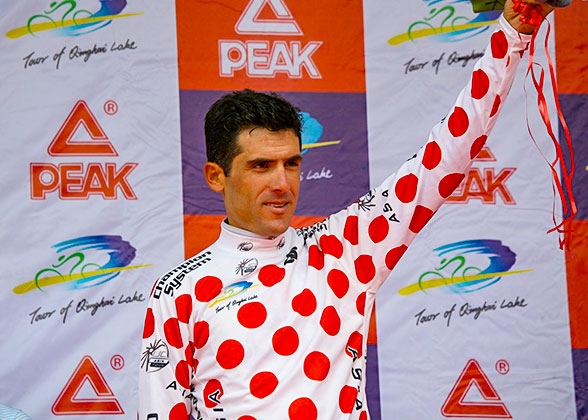
Polka-dot-jersey-winner in Qinghai Cycling Race
Expand All
Collapse All
Itineraries you may also like:
